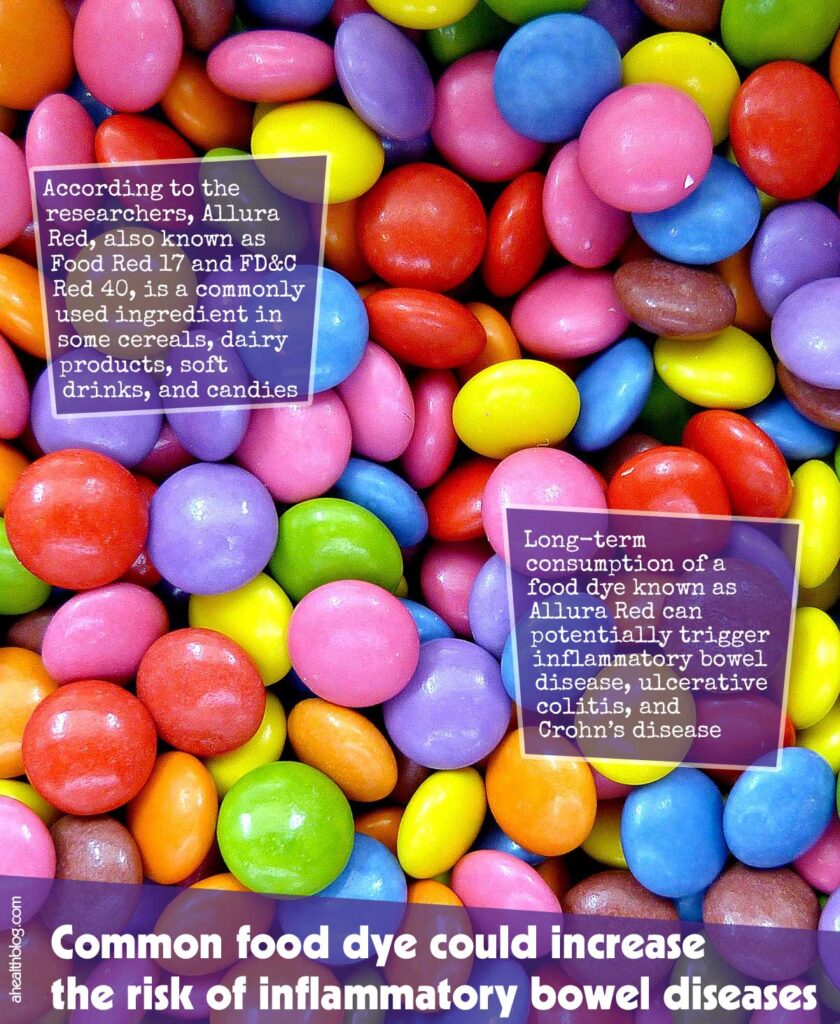Long-term consumption of Allura Red food dye has the potential to aggravate existing conditions like IBD, ulcerative colitis and Crohn’s disease. A study using experimental animal models of IBD demonstrated how prolonged exposure caused significant harm to gut health while increasing inflammation levels in animal models of IBD.
Dye may directly disrupt gut barrier function by increasing serotonin production – a neurotransmitter/hormone found in the gut that is secreted when exposed to certain foods – leading to changes in gut microbiota composition that increase susceptibility for colitis.
As reported by researchers, Allura Red, also known as Food Red 17 or FD&C Red 40 is an ingredient found in cereals, dairy products, soft drinks and candies that adds texture and color – typically for children’s appeal.
Recently, synthetic food dyes like Allura Red have seen significant increases in use; however, there has been minimal prior research conducted into their effects on gut health.
This study revealed that Allura Red has harmful effects on gut health, with serotonin acting as an influential mediator. These findings have significant ramifications for managing and preventing gut inflammation.
Current studies demonstrate that Allura Red consumption may also help with immune disorders, certain allergies and behavioral problems in children including ADHD.
Inflammatory bowel diseases (IBDs) are severe chronic inflammatory bowel conditions affecting many individuals worldwide. Although their exact causes remain unknown, research suggests environmental exposures, imbalanced gut microbiota composition, genetic influences, and dysregulated immune responses can all trigger these illnesses.
According to researchers, progress has been made in understanding the roles played by host microbiota and immune systems in inflammation bowel disease pathogenesis in recent years; however, environmental risk factor identification has lagged behind.
An environmental factor contributing to inflammatory bowel diseases is the typical Western diet, consisting of excessive sugar consumption, processed and red meat consumption, processed fat consumption and insufficient fiber intake. Furthermore, such processed food often includes numerous dyes and additives which further aggravate symptoms.







